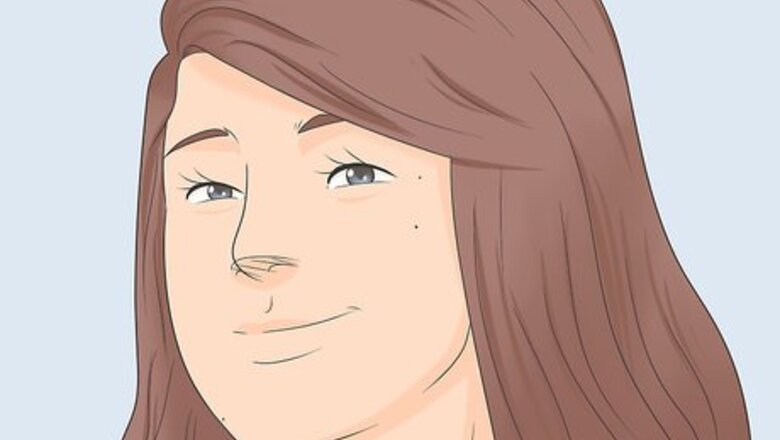
views
Getting the Right Expression

Squint a little. The “deer in the headlights” look can make you look a little frightening. The quickest way to make any portrait look better is to ever so slightly squint your eyes. Be careful not to squint so much that it looks like you’re straining to see something, however.

Tilt your head to the side. There’s a reason almost everyone hates driver’s license, passport, and other ID photos. Looking straight-on, stiff, and wide-eyed at the camera just isn’t flattering. Before snapping your picture, show off your best side and tilt your head slightly.
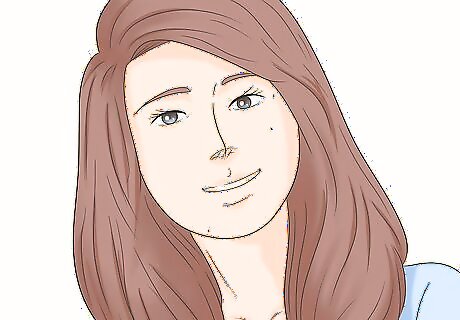
Show your pearly whites. A smile improves any picture. Studies show that a smiling face appears more likeable than one with a neutral expression. Relax your mouth, show a few teeth, and smile naturally. Try to avoid the clenched, cheesy smile.
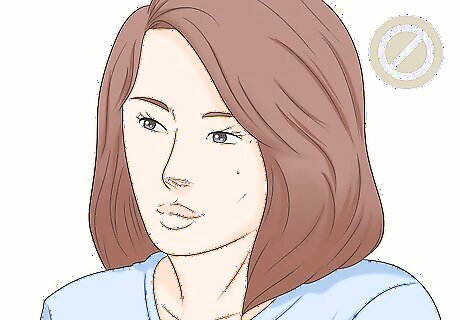
Avoid the duck face. Pouting out your lips in an unnatural way, or any other unusual expression will lower the quality of your profile picture. Over-the-top expressions can make you look silly and obscure what you really look like.

Keep things natural. You want people to be able to match your profile picture with how you normally look. A profile picture should focus on showing your features as they naturally are. If you do your makeup, wear bright lipstick and make sure your eyebrows are perfect so they will enhance your expression. Take off sunglasses or anything else that might obscure your features.
Positioning Yourself
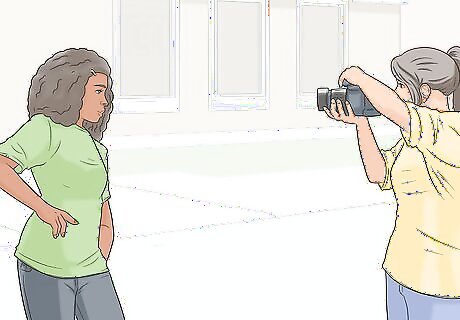
Have someone else take the picture of you, if possible. When someone else takes the picture, you are more free to pose exactly the way you would like. Another set of eyes can also make sure the photo is staged well, and can offer feedback.
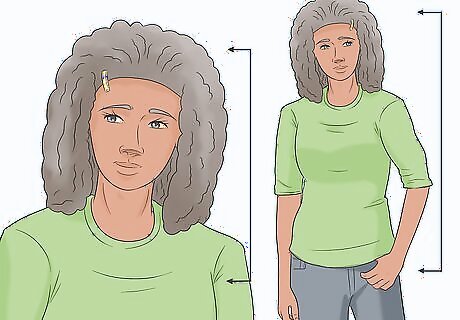
Try taking a head and shoulders or head and torso shot. A profile picture should focus on your face, but it can include more of your body if done correctly. For a simple, confident pose, stand with one hand positioned on a hip. Angle your elbow slightly backwards. If you do include more of your body in the picture, make sure that your face is still the focus, and that your features can be easily seen.
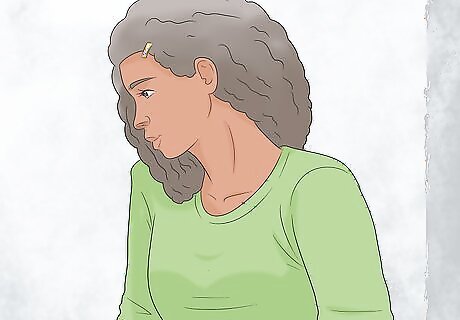
Angle your body. Good posture is important, but standing perfectly straight can make you seem stiff and unnatural in a picture. Try tilting your body slightly to the side, and leaning your head slightly forward. This will make your body look more relaxed and proportional.
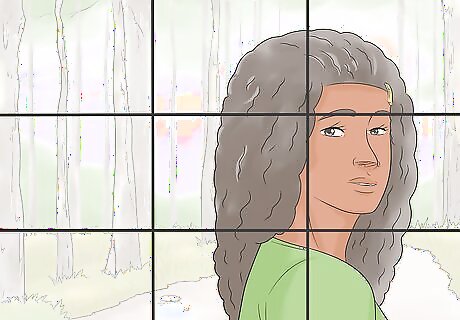
Position yourself slightly to one side or the other. Professional photographers talk about the “Rule of Thirds.” Imagine drawing two vertical lines that would divide the picture into three equal parts. Keep most of yourself on one of those lines, rather than directly in the middle of the picture.
Finding the Right Setting
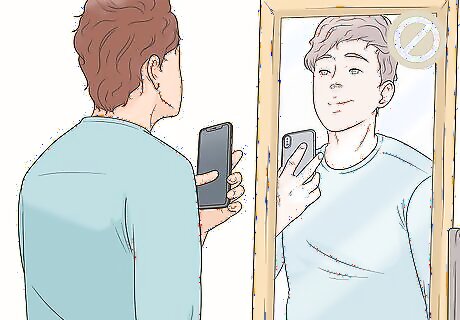
Don’t take the picture in front of a mirror. A selfie of yourself standing before a mirror with your phone visible is now a cliche. Turn the phone around and take the picture for better results. Most recent smartphones can take a picture so that you can see what’s being taken in the screen. You can also try propping your phone or camera against something and using the timer feature to take your picture. Even a selfie stick can help you take a more flattering picture. If you must take a picture in front of a mirror, hold the phone/camera at shoulder height and tilt it upwards. If you zoom in enough, this will keep the phone/camera out of the picture.

Include some attractive scenery. Your face against a white background can seem a little boring. Try taking your picture in front of natural scenery, your work environment, or even a colored background. Don’t make the background too busy, however, If your profile picture is of you at a concert, your face might be lost in the crowd.
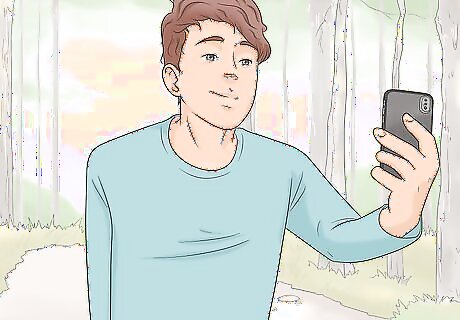
Take the picture in good lighting. You want to find a balance between a picture that is too dark and one that is too bright. It’s hard to take a good picture at night, and daylight between 11 pm and 1 pm is typically too harsh for good pictures. Try to take your profile picture in the morning or around sunset. Natural light is thought to be best for pictures. You can take a good profile picture with indoor light, however. Just position yourself so that the light source is not shining directly on you. If you have to use flash, try to get someone to take the picture of you so that the flash won’t reflect too strongly off of your body.
Editing Your Photo
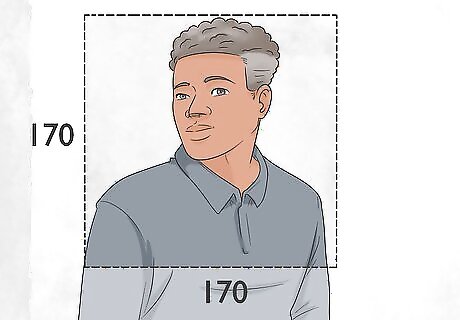
Crop your picture. Facebook requires profile pictures to appear square. They will display at 170x170 pixels on computer pages, and 128x128 pixels on smart phones. Before uploading your picture, you can play around with your favorite photo editing software to make sure that the photo can be cropped to this size and still look good.
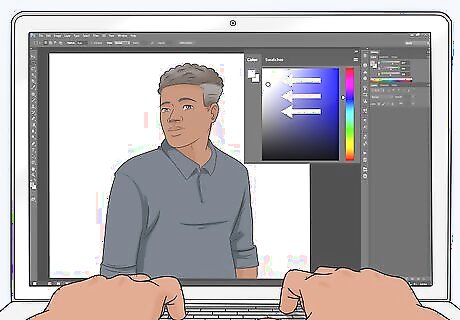
Keep the color saturation low. Photos that are too rich in color can actually make your portrait seem unnatural. Use your editing software to turn down the color saturation before you upload.
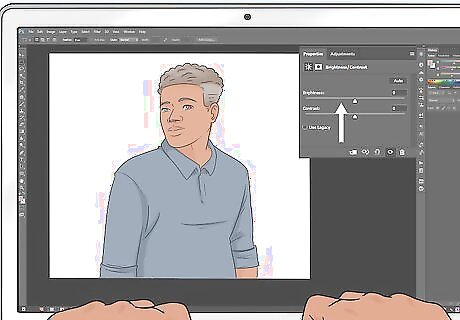
Brighten your photo. If the picture is too dark, you can use a photo editing software program to increase the brightness. However, be careful not to overuse the brightness setting. If you push things too far, you will look washed out and unnatural. If your picture really is too dark, take another one in better lighting.




















Comments
0 comment